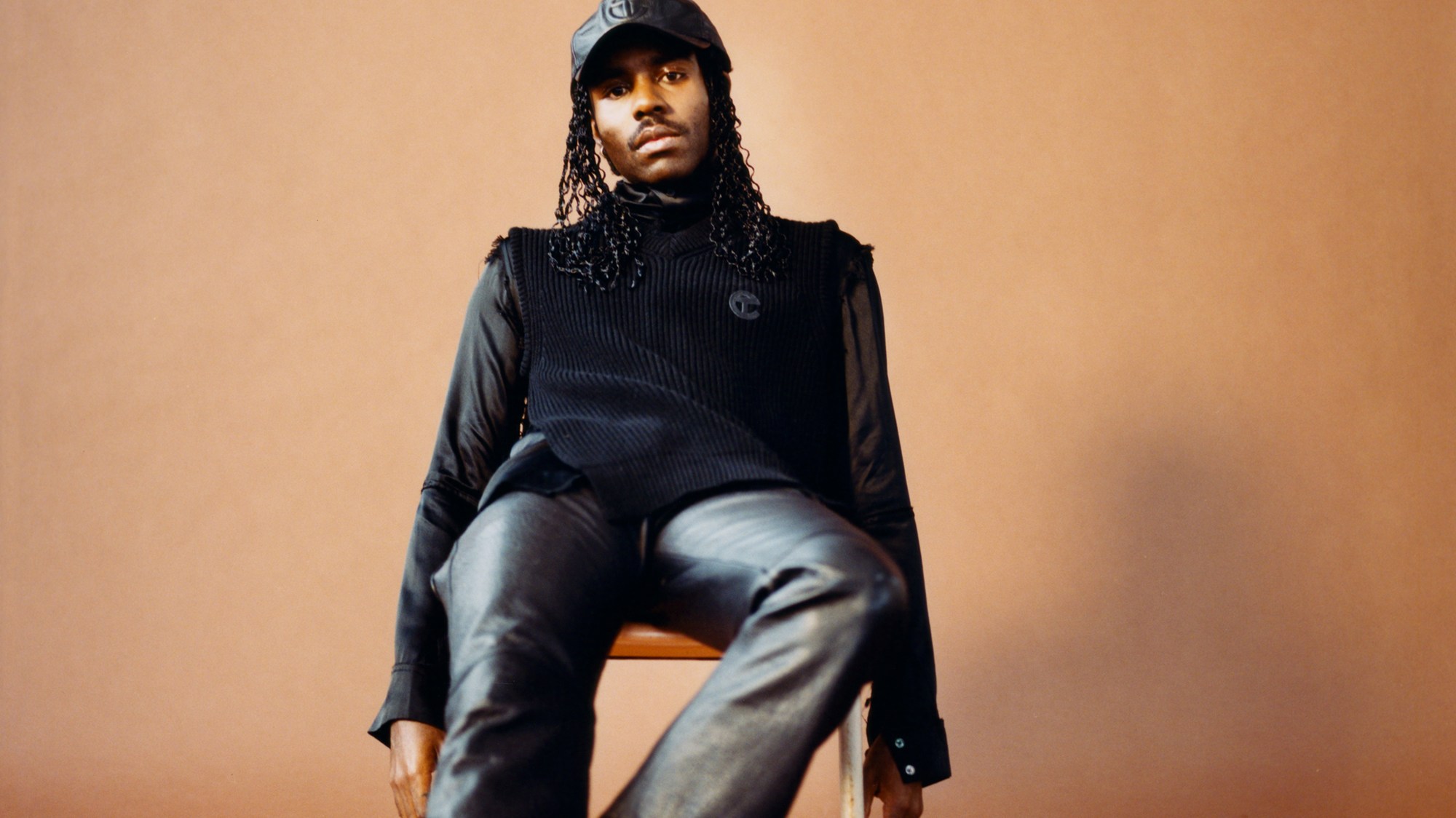This article originally appeared in i-D’s The New Fashion Rebels Issue, no. 352, Summer 2018.
“We had this inside joke about how ubiquitous and mass the idea of rock and punk are,” says the designer Telfar Clemens, smiling as he discusses his much talked about autumn/winter 18 show. It really was a show in the truest sense of the word. Rather than anything as prosaic as a runway presentation, musicians including Dev Hynes, Kelela, Ian Isiah and Kelsey Lu staged a musical extravaganza in which they sung about how thankful they were for Telfar and his work, their supple, baggy leather ensembles bathed in red light. For the finale, Telfar himself came out and sang joyfully to the room about how grateful he in fact was that everyone was so thankful for him, in a glorious call and response. The effect was both moving, joyful and slightly hysterical. “I wanted the show to be this surreal jam session,” he laughs.
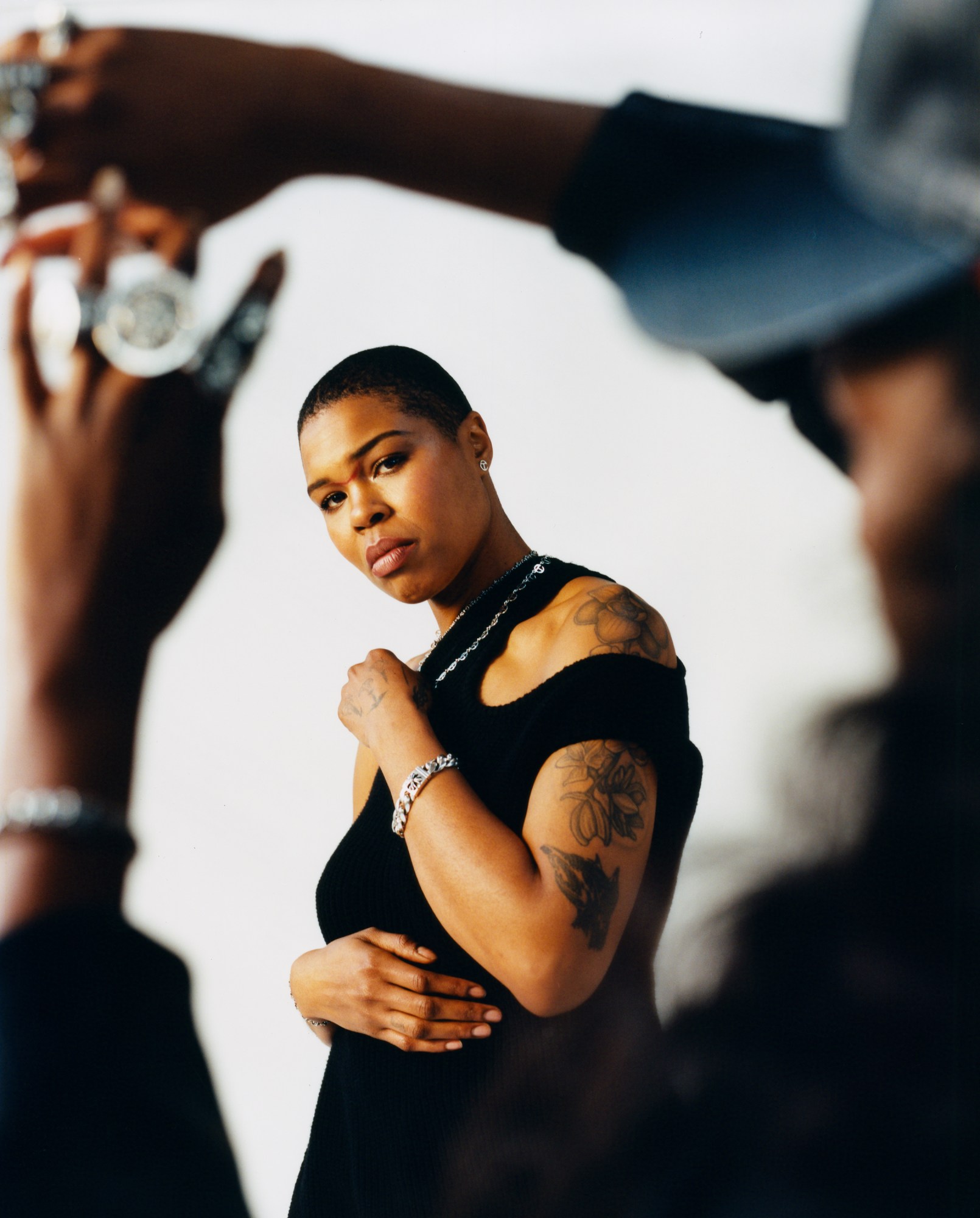
Humour and performance have always been key to Telfar’s world. They’ve carried his label through thick and thin since he first started designing under his own name in 2006, over a decade ago. “Telfar’s been doing this a really long time,” explains Babak Radboy, Telfar’s creative director. They are sat together in their studio in Manhattan’s Chinatown. “The first ten years he didn’t get a review, because people weren’t into questions of diversity or gender – it just meant you didn’t exist.” No wonder, then, that the designer is so grateful for his moment, a highlight of which has been winning the CFDA/Vogue Fashion Fund last year. He knew there was only one way to say thank you, and that was by ending the show with his own song about how much he loved everyone. “We wanted it to go just like a normal show, with the designer coming out at the end for the finale. I was like, everybody’s being thankful for what I did, and I want to be grateful that they’re thankful,” he says, sounding very sincere, then erupting into his wild laugh.
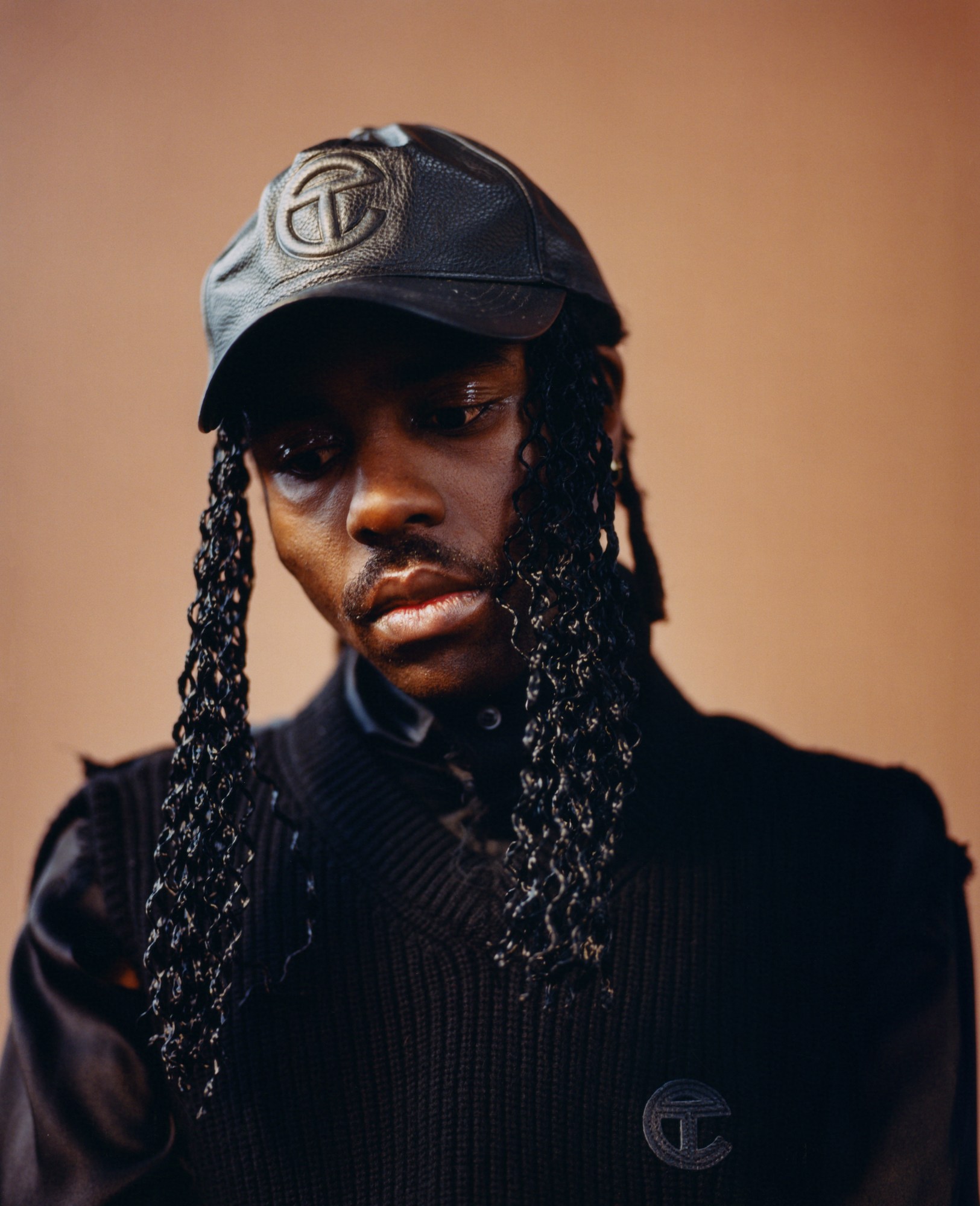
It’s often written that Telfar has a radical view on gender and diversity because his line is unisex and he populates his shows with models who aren’t exclusively typical model-sized white men and women. In fact what is radical about Telfar’s view on these ‘issues’ is that he doesn’t think about them at all. “There’s this political statement trend,” he grimaces, “that goes along with any brand that says it’s unisex. I just don’t want you to think about it at all! Are you small, medium or large? That’s my question.”
“Often the press gets confused, and says like, ‘Oh you’re so diverse!’” Babak adds. “No. It’s mostly brown people! We’re not diverse at all! The politics are not a statement. The gender ‘thing’ is not a challenge. These are the clothes that Telfar wants to make.”

The clothes that he in fact wants to make are in part very ordinary, but also most definitely not. “In general, we’re attracted to the idea of what’s normal, and that’s this Midtown blur,” Babak says. “I used to ride my bike everywhere,” Telfar continues, describing the commute from his home in Queens to his studio at the bottom of Manhattan. “I would catch certain things, like a person’s shirt that did something really cool. You know, if their bag was too heavy and it was pulling on their shirt a little bit, that was inspiration. I’d go to the studio and draw it.” It’s this mundanity that inspires much of the designer’s aesthetic. “It could be the most basic tank top, something very everyday, but I put my commentary on things.”
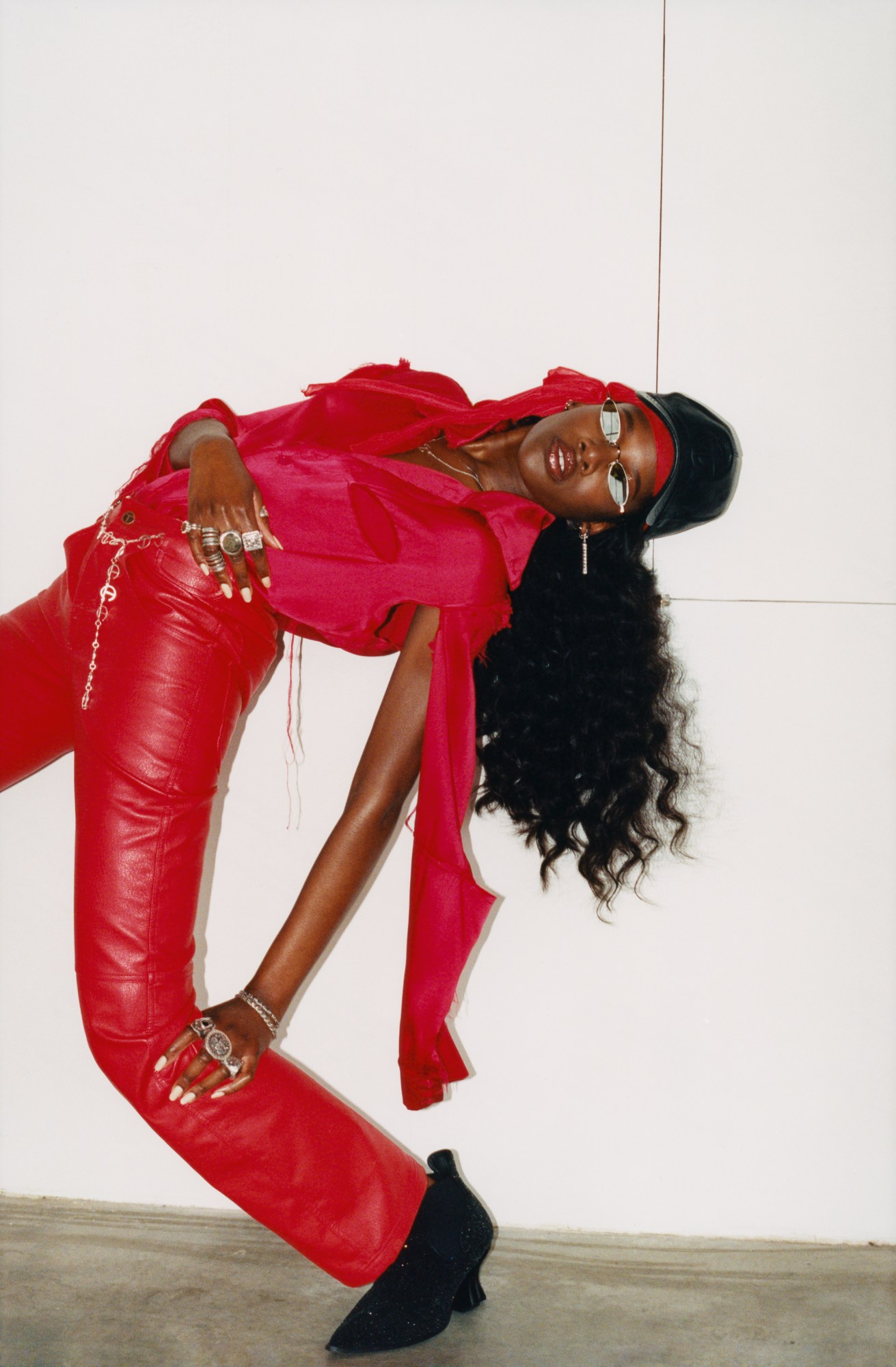
“Everybody just looks the same,” Babak says of that desire to design differently, to not look like every collection that’s inspired by scrolling through Instagram. “I also love that kind of thing,” Telfar counters. “That’s been the most eye-opening thing with the CFDA, and this new door we’ve opened. I have the chance to be like, now everybody’s wearing my coat! Everyone walking down Broadway is going to be wearing that coat. And it’s disgusting and gross, and really funny too.”
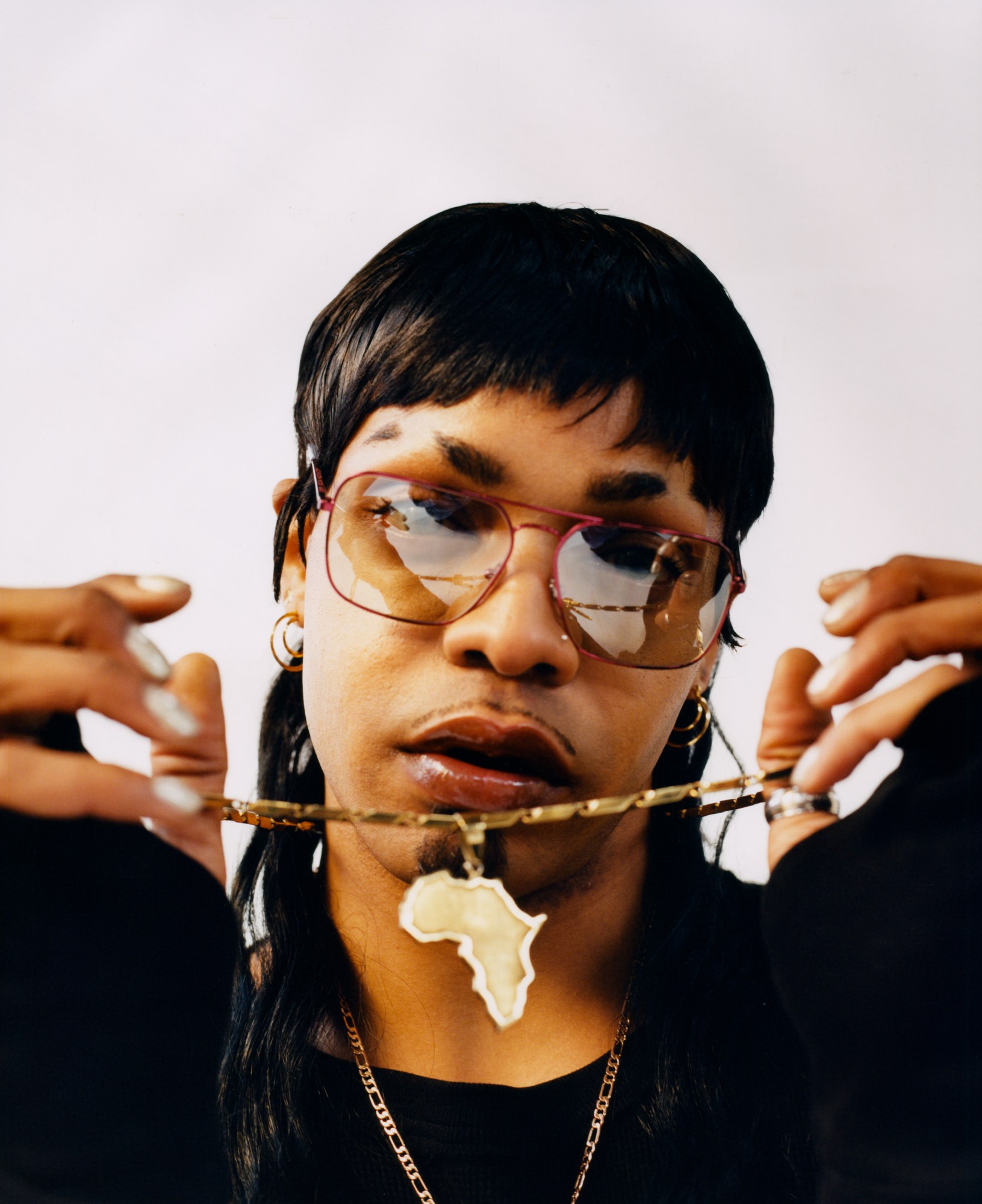
Telfar wants to make clothes, and to talk about them, but as the world has caught up with the worldview he’s been pushing since 2006, that worldview is what he gets quizzed on. “I don’t want to talk about who you want to marry, or how you consider yourself, I just think you should be able to wear a dress if you want to. I’ve thought that since waaaaay before.” The “way before” he’s talking about is his childhood in LeFrak City, Queens, where he now lives again, taking up residence in his old childhood home. His family were subletting the property for 31 years, living there unofficially, before he managed to sign a proper lease, four years ago, and move back in.
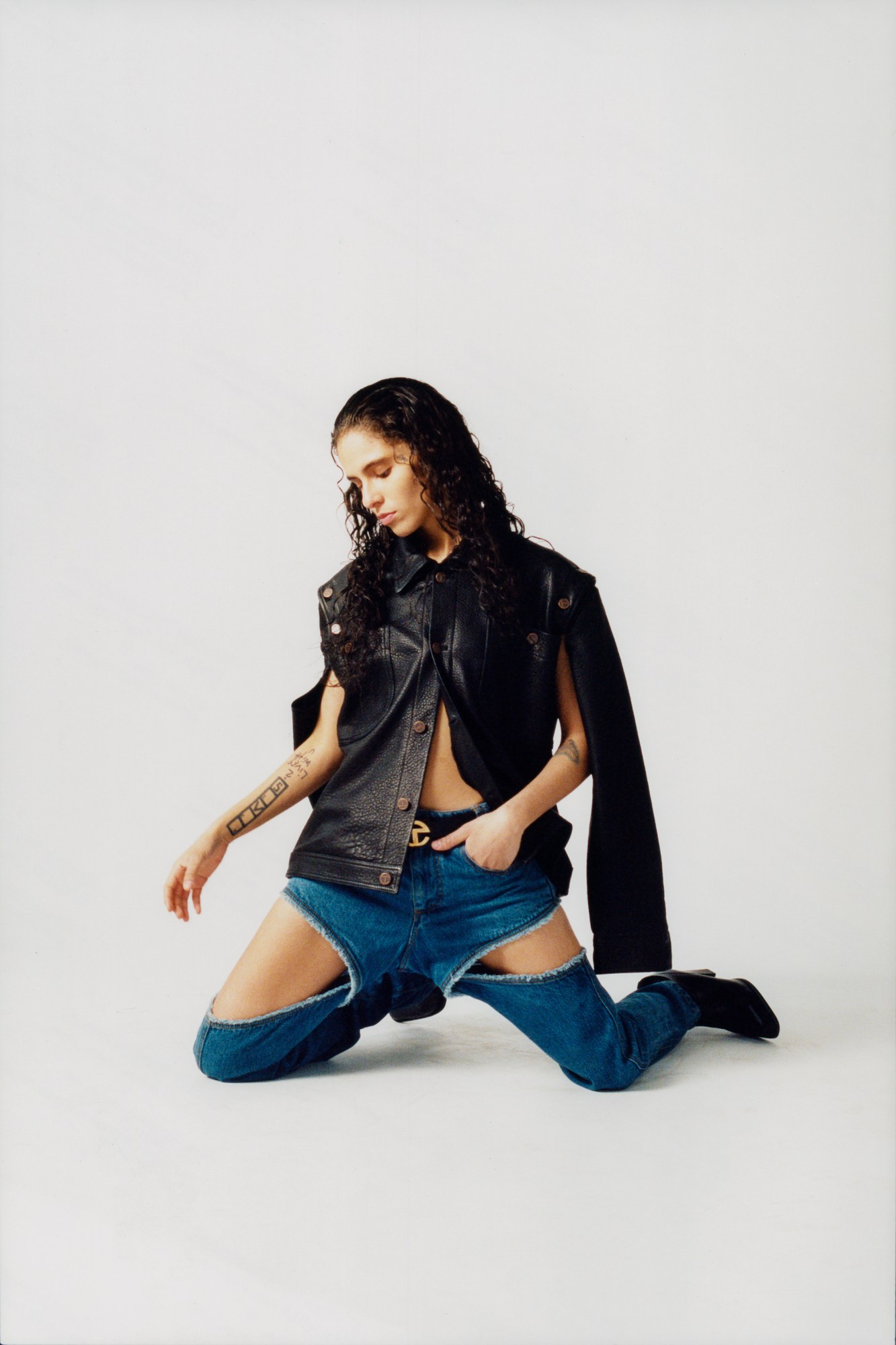
“I didn’t necessarily want to wear a dress,” he says of the time, “I just wanted to wear a baby pink T-shirt that just happened to be in the women’s section. It used to be a thing, too, that if I walked down the street and somebody didn’t call me faggot, then I didn’t look right! If I got called faggot that meant I was doing something. That was a term of endearment, like, “Damn, six people called me a faggot.” Not that gay bashing is cool, but if you live in the city, you’re going to hear what people say, and that’s what gives you your character.”
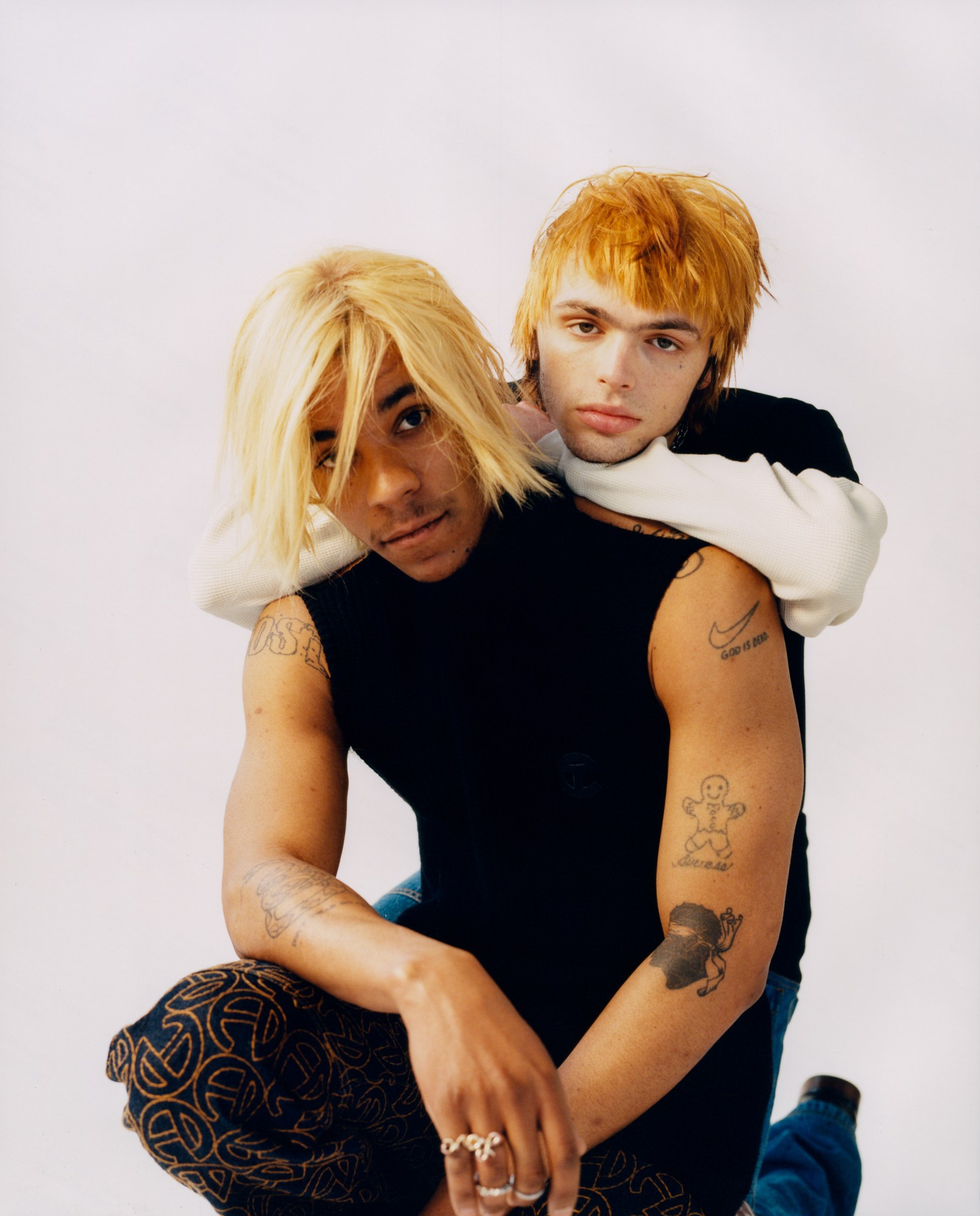
It takes someone of a dynamic disposition to be yelled at in the street and take it as a compliment, but there’s more character in a Telfar handbag than most could hope to accumulate in a lifetime. “Eventually, that person’s going to be looking just like you. I’ve seen it happen,” he laughs of New York’s vocal street life. “The same people that used to call me a faggot are now wearing skinnier pants than me. I’m really interested in that discourse. Oh, now they look like you.” The day is coming when everyone might look a bit like they’re wearing Telfar. Undoubtedly, however, by then he’ll have moved on to something else.
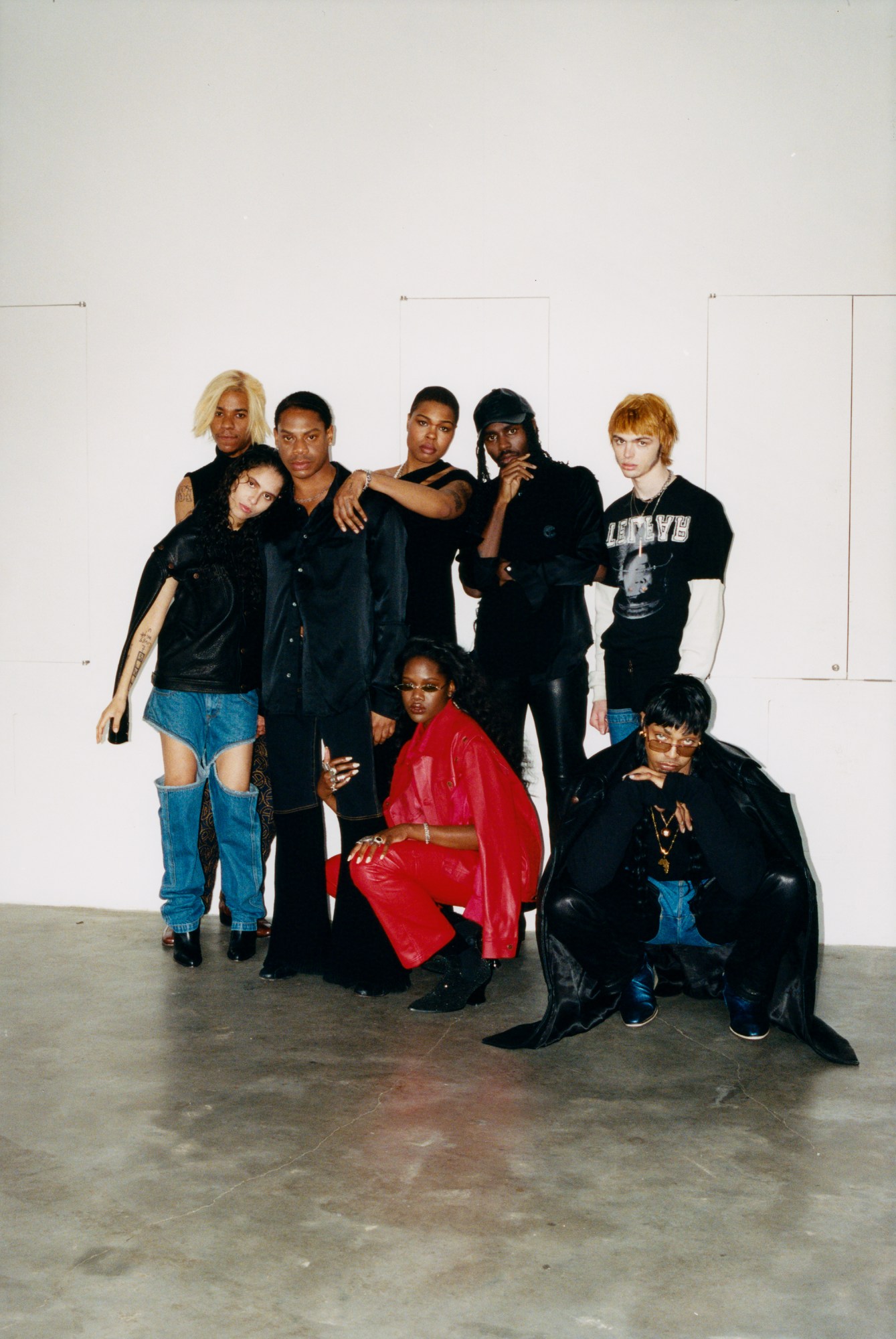
Credits
Photography Tyler Mitchell
Styling Avena Gallagher
Hair Shingo Shibata at The Wall Group. Make-up Marcelo Gutierrez. Photography assistance Owen Smith-Clark. Hair assistance Walton Nunez. Analog printing Natalie Hail. Models 070 Shake. Oyinda. PsychoEgyptian. Dev Hynes. Ian Isiah. Diamond Stingily. Walter Pearce. Telfar.
Models wear all clothing Telfar.
